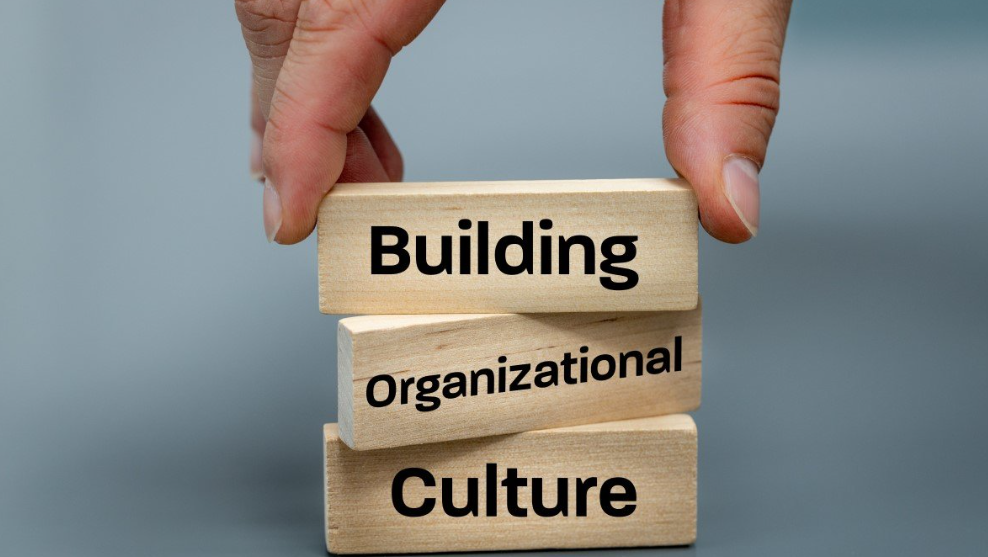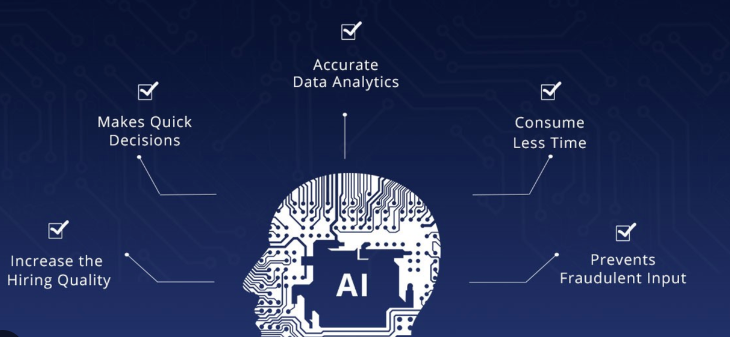Introduction:
In today’s competitive job market, attracting and retaining top talent is more challenging than ever. To stand out as an employer of choice, organizations must prioritize creating a positive candidate experience throughout the recruitment process. A positive candidate experience not only enhances the employer brand but also helps attract high-quality candidates and improve retention rates. In this blog post, we’ll explore best practices and strategies for creating a positive candidate experience that leaves a lasting impression on job seekers.
Clear Communication:
Clear and transparent communication is essential for creating a positive candidate experience. From the initial job posting to the final offer stage, candidates appreciate timely updates and feedback on their application status. Ensure that job descriptions are accurate and informative, outlining job responsibilities, qualifications, and expectations. Additionally, communicate the hiring process timeline upfront, setting clear expectations for candidates and minimizing uncertainty.
Streamlined Application Process:
Simplify the application process to make it as user-friendly and efficient as possible. Avoid lengthy application forms and unnecessary steps that can deter candidates from applying. Optimize your careers page and application portal for mobile devices to accommodate candidates who prefer to apply on the go. By streamlining the application process, you’ll encourage more candidates to complete their applications and improve overall engagement.
Personalized Engagement:
Personalize the candidate experience by tailoring communication and interactions to each individual candidate. Address candidates by name in emails and correspondence, and provide personalized updates and feedback whenever possible. During interviews, take the time to learn about each candidate’s skills, experiences, and career goals, demonstrating genuine interest in their success. Personalized engagement shows candidates that they are valued and respected, contributing to a positive experience.
Transparent Interview Process:
Maintain transparency throughout the interview process to build trust and credibility with candidates. Provide clear information about the interview format, structure, and expectations in advance, allowing candidates to prepare effectively. Be honest about the company culture, work environment, and potential challenges, ensuring that candidates have a realistic understanding of what to expect if they join the organization. Transparency fosters open communication and helps candidates make informed decisions about their future.
Timely Feedback:
Offer timely and constructive feedback to candidates following interviews and assessments. Whether the feedback is positive or negative, providing timely insights helps candidates understand their strengths and areas for improvement. Offer specific examples and actionable recommendations to help candidates develop professionally, even if they are not selected for the role. Timely feedback demonstrates respect for candidates’ time and effort and reinforces a positive candidate experience.
Continuous Engagement:
Maintain ongoing communication and engagement with candidates, even after the hiring process is complete. Keep candidates informed about future job opportunities, company updates, and industry news through regular email newsletters or social media updates. Invite candidates to join talent communities or talent networks to stay connected with your organization and receive relevant updates. Continuous engagement helps nurture relationships with candidates and promotes a positive employer brand over time.
Conclusion:
Creating a positive candidate experience requires a combination of clear communication, streamlined processes, personalized engagement, transparency, timely feedback, and continuous engagement. By prioritizing candidate experience throughout the recruitment process, organizations can attract top talent, improve retention rates, and enhance their employer brand. Investing in candidate experience not only benefits individual candidates but also contributes to the overall success and reputation of the organization in the long run.


















